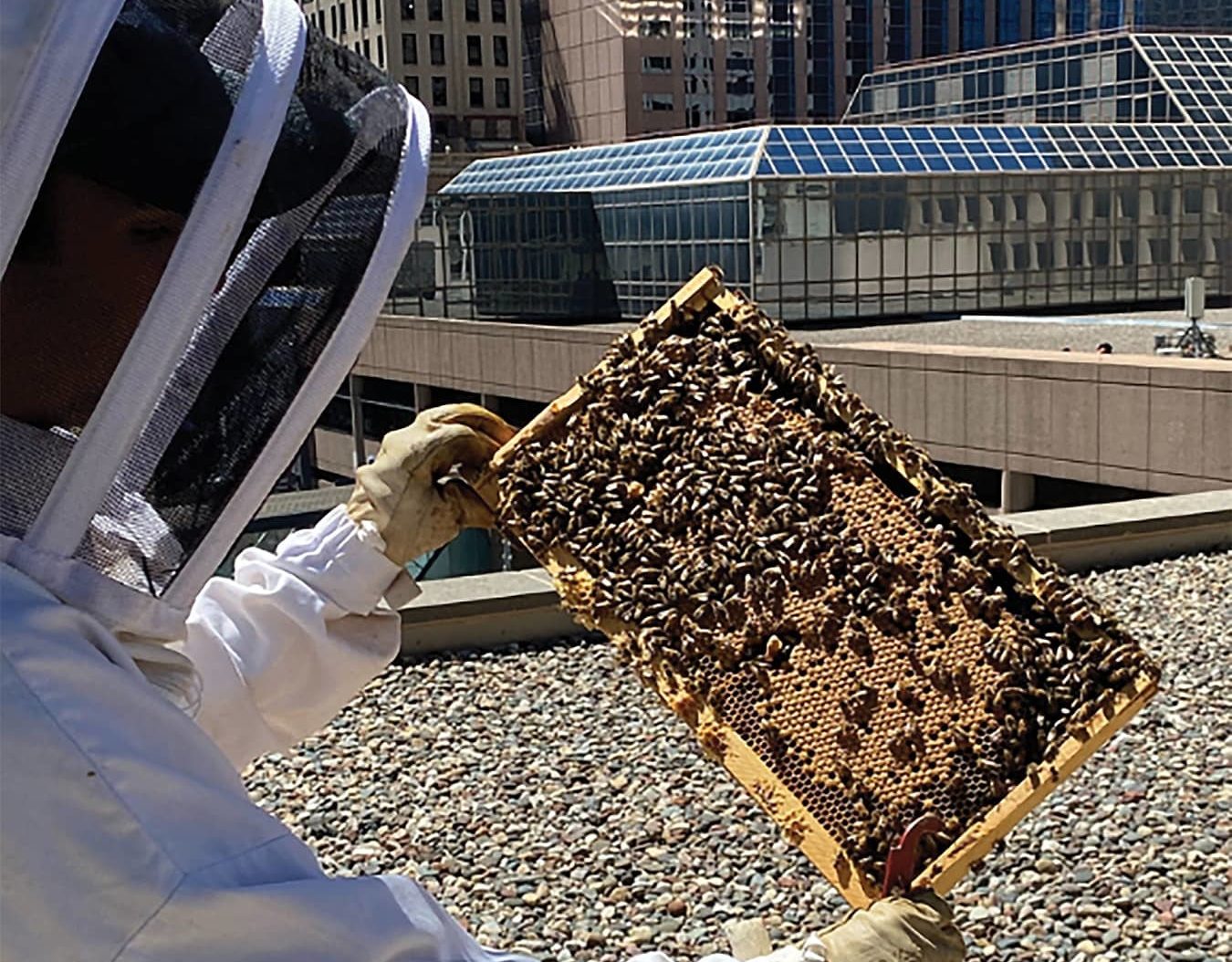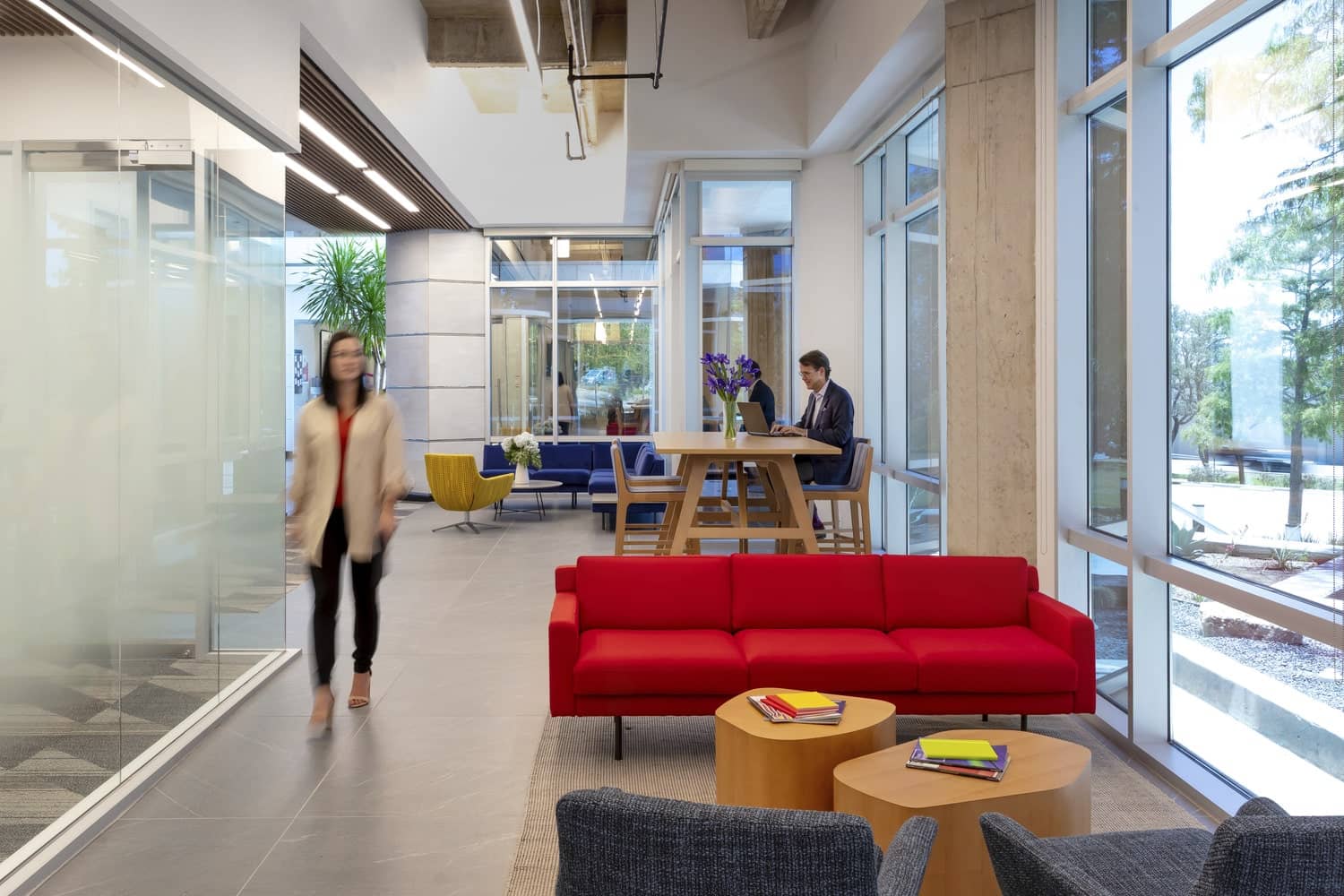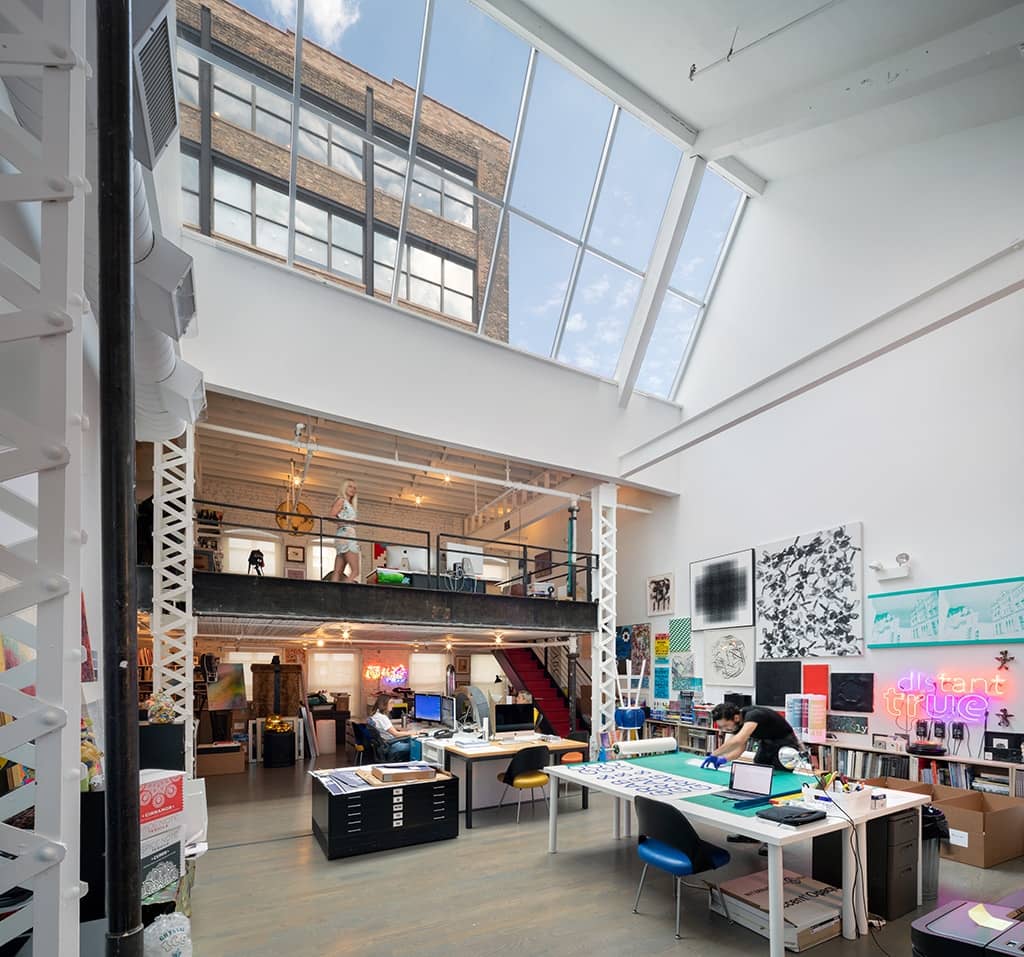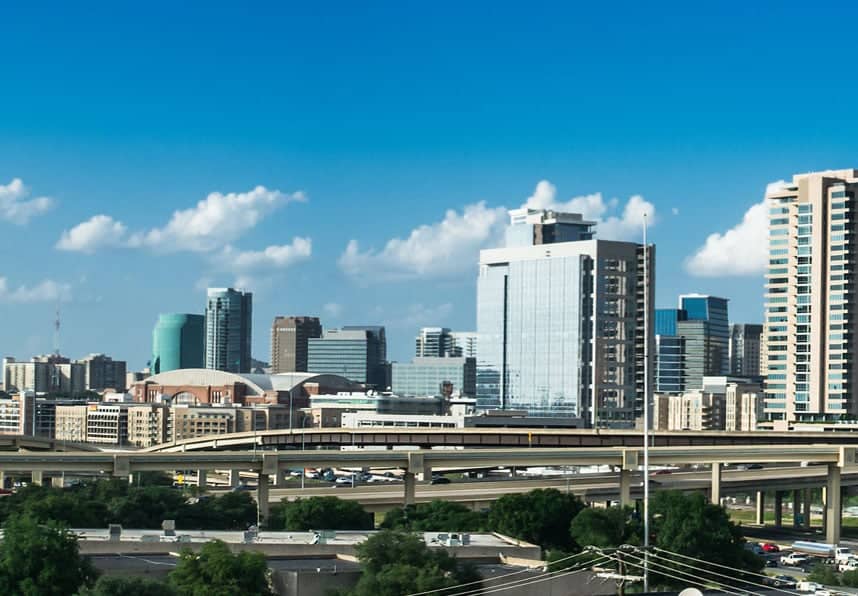In recent years, KBS has kept watch on ESG’s growing importance in an effort to show stakeholders that a company can be fiscally sound while integrating ESG principles into their business plans.
“ESG demonstrates to those parties that there is a socially conscious upside beyond the business’ bottom line. The more shared values — i.e., the more a company connects in the life-changing and social impact areas — the greater a customer’s loyalty and the higher the company’s sustained revenue growth,” Harvard Business Review asserted. “It’s little wonder then why CRE tenants and investors have embraced ESG.”
Let’s start with tenet one of ESG — environmental — and answer the why and how of this aspect. Why is it so important to commit to the E?
The importance of environmental sustainability in CRE is already widely acknowledged and companies frequently publicize their “green and clean” commitments to design, materials, building processes and energy use. Companies should try to make efforts to safeguard the environment, including corporate policies addressing climate change, part of every business decision to begin to affect true change.
One of the reasons CRE is — and must remain — on the forefront of environmental innovation is because the industry is, unfortunately, one of the greatest contributors to stressors on the environment.
Here are a few surprising statistics compiled by Cushman & Wakefield in its list of 20 things we need to know about CRE and sustainability:
- Cities cover only 3% of the planet’s surface yet consume 78% of energy and produce 60% of greenhouse gas emissions
- Buildings are responsible for half of all global material use
- Buildings consume:
- 1/6th of all fresh water
- 1/4th of world wood harvest
- 2/5th of all other raw materials
- The construction industry accounts for:
- 36% of worldwide energy usage
- 40% of CO2 emissions
- 40% of energy-related global carbon emissions
- In the next 35 years, we will build two trillion square feet of construction globally or an entire New York City every 35 days
For these reasons and more, it’s crucial that CRE companies develop, innovate and model environmental standards as step one of their ESG commitments and make ESG overall a pillar of their mission, vision, and values now and into the foreseeable future. The good news is, because CRE has the largest impact on the environment, sustainable innovations and practices in this industry should also create significant positive results, worldwide.
What are the ways CRE is ensuring real environmental impact? First, by adhering to the strict standards set forth by certification programs for building materials, design and construction and the health aspects of buildings as well. The measures set forth by these certification entities are meant to ensure that the change is real and not just “green washing.”
As KBS recently explored in Green and Clean: the Importance of ESG in the Built Environment:
“Without certifications or verifications that adhere to strict standards, how sustainable or healthy a building can be largely relative. Most in the industry are familiar with the LEED certification designation administrated by the United States Green Building Council (USGBC) and a similar standard called BREEAM in the United Kingdom. These certifications focus mainly on the sustainable construction practices, materials and designs implemented to lower the overall carbon footprint of a building.”
What are the next-level innovations we’re likely to see? A major push for integration of large greening projects and promotion of biodiversity in cities is one, according to JLL. Defined as the variation of plant and animal life in a habitat, biodiversity can be a primary measure of how healthy a city is and can have significant impact on carbonization.
“As cities grapple with the consequences of urbanization, such as urban heat islands, and the effects of climate change, such as drought and flash flooding, a healthy and varied natural ecosystem can mitigate these impacts by sequestering carbon, providing shade and cooling, capturing water run-off and protecting coastlines from erosion.”
Some of the design infrastructure that can help achieve increased biodiversity are things such as outdoor green spaces, walkability, living walls, green roofs, and rooftop beehives. Across the globe, cities such as London, England, and Berkeley, California, are establishing green zones, where businessowners form alliances to create large areas where the buildings and companies are committed to green principles and sustainability. Melbourne, Australia, for instance, has committed to increasing its canopy cover from 22 to 40 percent by 2040 in an initiative called the Urban Forest Fund.
KBS has positioned itself as a leader in CRE to spearhead ESG efforts. As part of its commitment, it named Apaulo Malloy ESG manager in April 2022. She chairs the company’s ESG task force — the Green Team — which is already hard at work with multiple commitments including LEED certification for as many buildings as possible, verifications through the UL Verified Healthy Building Program and a quest to become GRESB certified.
GRESB is an industry-led organization that “provides actionable and transparent ESG data to financial markets.” Using data collection, validation, and scoring, GRESB independently benchmarks ESG performance for a broad variety of uses.
Over the coming weeks, in parts two and three of this series, please join us as we continue our look at ESG and how KBS is furthering its leadership through social and governance.
Learn more about commercial real estate, visit KBS.com/Insights.




